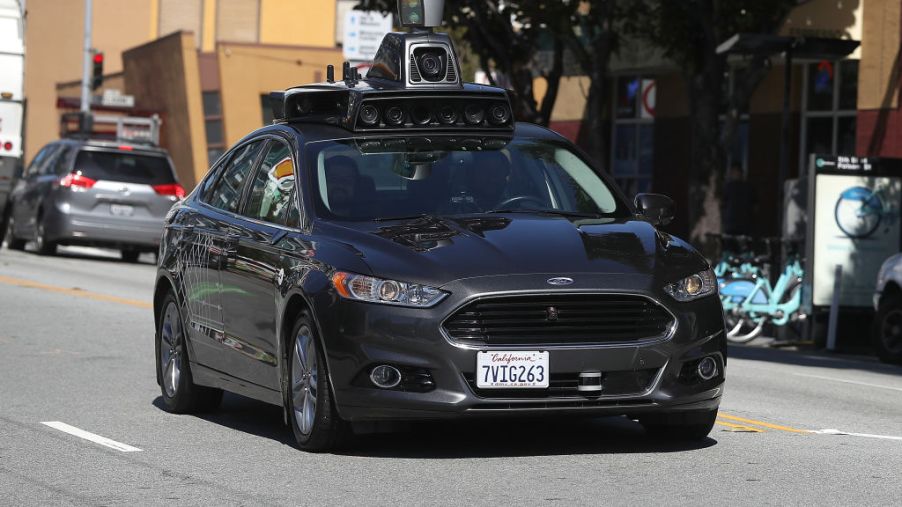
How Security Captchas Crowdsourced Self-Driving Car Technology
For years, we’ve been told that self-driving smart cars are the wave of the future. Tesla is just one of the companies that have made great strides toward providing us with a vehicle that will handle all the driving, leaving us free to sit back and relax.
Over the years, millions of dollars have been spent trying to develop the artificial intelligence needed to make the idea of a self-driven car a reality. Some of the technology has been the result of extensive planning and development, while other forms of technology, such as using security captchas to improve the ability of self-driving cars to recognize specific objects, happened on accident.
How security captchas crowd-sourced self-driving car technology
We’ve all dealt with security captchas. We’ve also all be frustrated by the captchas when the answers we provided failed to appease Google, forcing us to go through the entire sign-in process all over again. What few of us realized is that the irritating captchas were steadily moving us closer to the point of having a self-driving vehicle.
Captcha was created to help websites identify when a human versus a robot was trying to gain access to a website. The goal was to decrease both spam comments on blogs/discussion boards and help protect sensitive information on websites that required users to provide credit card information.
The idea was that while bots were good at translating data and codes, only humans could provide information about specific images, such as how many pedestrians were in an image.
In 2006, scientists decided to explore the idea that the same security captchas could help improve smart car technology. Back than captchas involved distorted text.
In 2009 Google took the data the scientist had created and created a book scanning project. The project involved taking the response you gave when prompted to provide proof that you weren’t a robot and used it to teach the AI technology used in smart cars.
The technology responded so well, that in 2012, the security captchas changed. Instead of a string of weirdly distorted text, we were presented with images and asked to identify specific things, such as how many signs were in the image.
Google wanted precise information about the location of each object so they could use it to help smart car technology identify where pedestrians, signs, streetlights, and neighborhood pets were located.
The project became a major crowdsourcing program even though most of us didn’t realize that was what we were participating in. Thanks to the program, smart cars became better at navigating streets and detecting specific things they needed to avoid hitting, such as your neighbor’s dog.
How long before you no longer have to drive your car
The technology for completely self-driving cars already exists, and many feel that self-driving cars are reliable enough for them to be on the road. That doesn’t mean you’ll be able to pick out a vehicle that will allow you to nap while making your daily commute to and from work.
Tesla had hoped to launch self-driving cars already, but a few accidents as well as concerns about liability and insurance, keep delaying the launch date. At this point, no one knows when your local dealership will start carrying smart cars, though everyone does agree that it won’t be much longer before completely self-driving cars become a common sight.
Smart cars could improve quality of life
Most of us are excited about the possibility of not having to physically drive our car, but few of us have stopped to think about how smart cars could significantly improve the quality of life for our friends and neighbors who currently suffer from disabilities that prevent them from driving themselves.
If they had access to a vehicle that could reliably transport them to things like jobs, doctors’ appointments, and grocery stores, instead of having to rely on public transportation or friends to drive them, the quality of their life would drastically improve.
Are you excited about how much smart car technology has improved and how it could change the future of driving?


